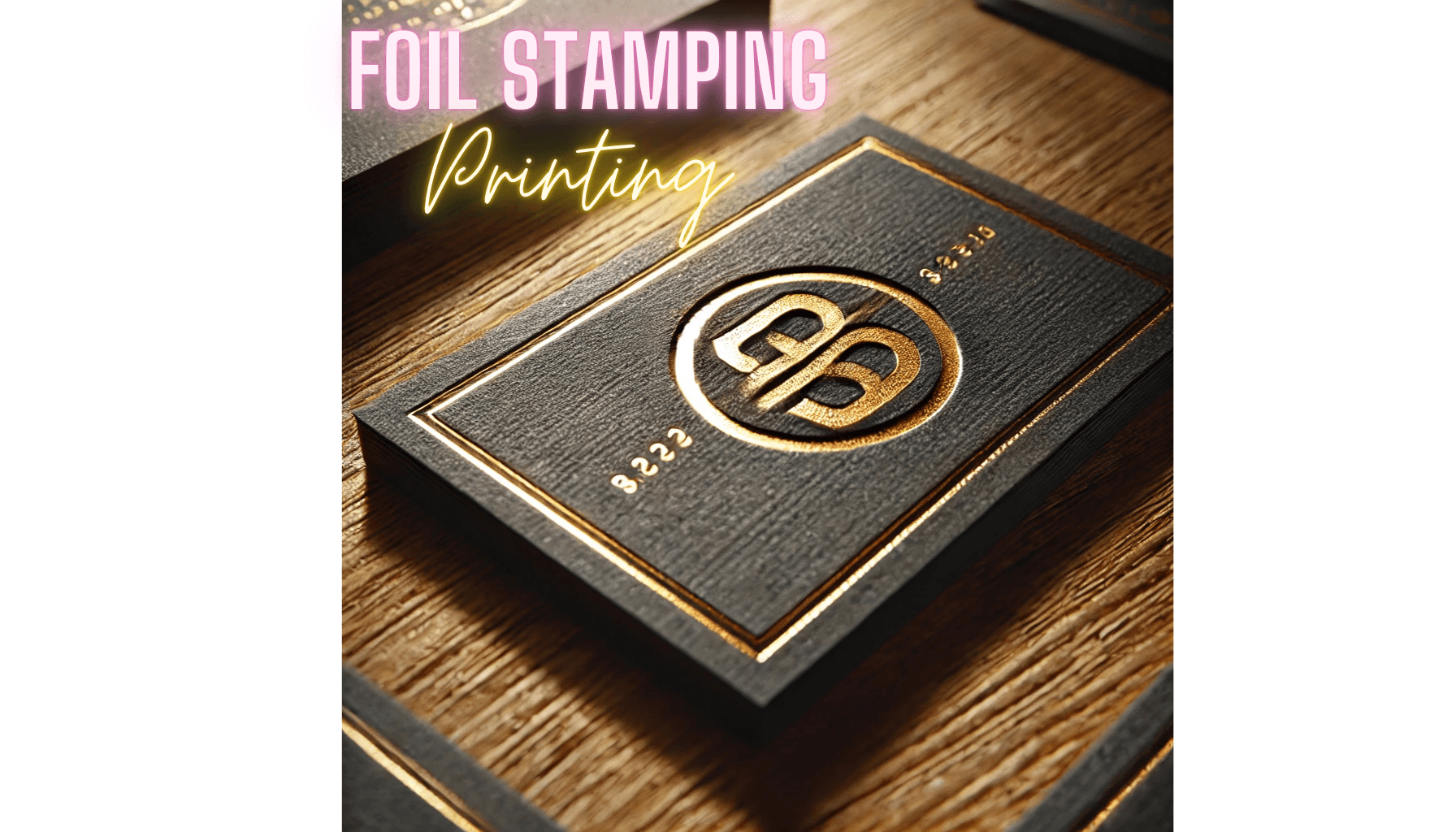
Orders 45$ & Up,
2-3 Days*
Orders 45$ & Up,
2-3 Business Days

Both embossing and foil stamping add elegance and depth to printed materials, but each has its own effect: embossing adds a tactile, raised texture, while foil stamping adds shine and color. Together or separately, these techniques enhance the quality and visual appeal of printed products.
Typically ships out in 24 hours 2-3 days shipping time (free shipping) Product Details Premium 4mm Collapsible Slim Can Koozies Holds Most Slim...
View full detailsTypically ships out in 24 hours 2-3 days shipping time (free shipping) Description: Enjoy a cold beer, a spiked seltzer, or your favorite Beer D...
View full detailsTypically ships out in 24 hours 2-3 days shipping time (free shipping) Product Details FREE SHIPPING on this item over $45 Premium 4mm Collapsi...
View full detailsTypically ships out in 24 hours 2-3 days shipping time (free shipping) Product Details FREE SHIPPING on this item over $45 Premium 4mm Colla...
View full detailsTypically ships out in 24 hours 2-3 days shipping time (free shipping) Product Details Premium 4mm Collapsible Slim Can Koozies Holds Most Sl...
View full detailsEnjoy a cold beer, a spiked seltzer, or your favorite Beer Drink flavor while keeping it cold, crisp, and delicious with a QualityPerfection can co...
View full detailsTypically ships out in 24 hours 2-3 days shipping time (free shipping) Product Details Premium 4mm Collapsible Slim Can Koozies Holds Most Slim...
View full detailsSamples - Might be with colors defects or print, We choose them randomly. Neoprene and foam are not the same shades of colors. The price is for 100...
View full detailsTypically ships out in 24 hours 2-3 days shipping time (free shipping) Product Details Premium 4mm Collapsible Slim Can Koozies Holds Most S...
View full details3 Magnets Slim can cooler sleeves FREE SHIPPING on this item over $45 Premium 4mm Collapsible Slim Can Coolers Holds Most Slim 12 oz. Cans Col...
View full details
Leave a comment